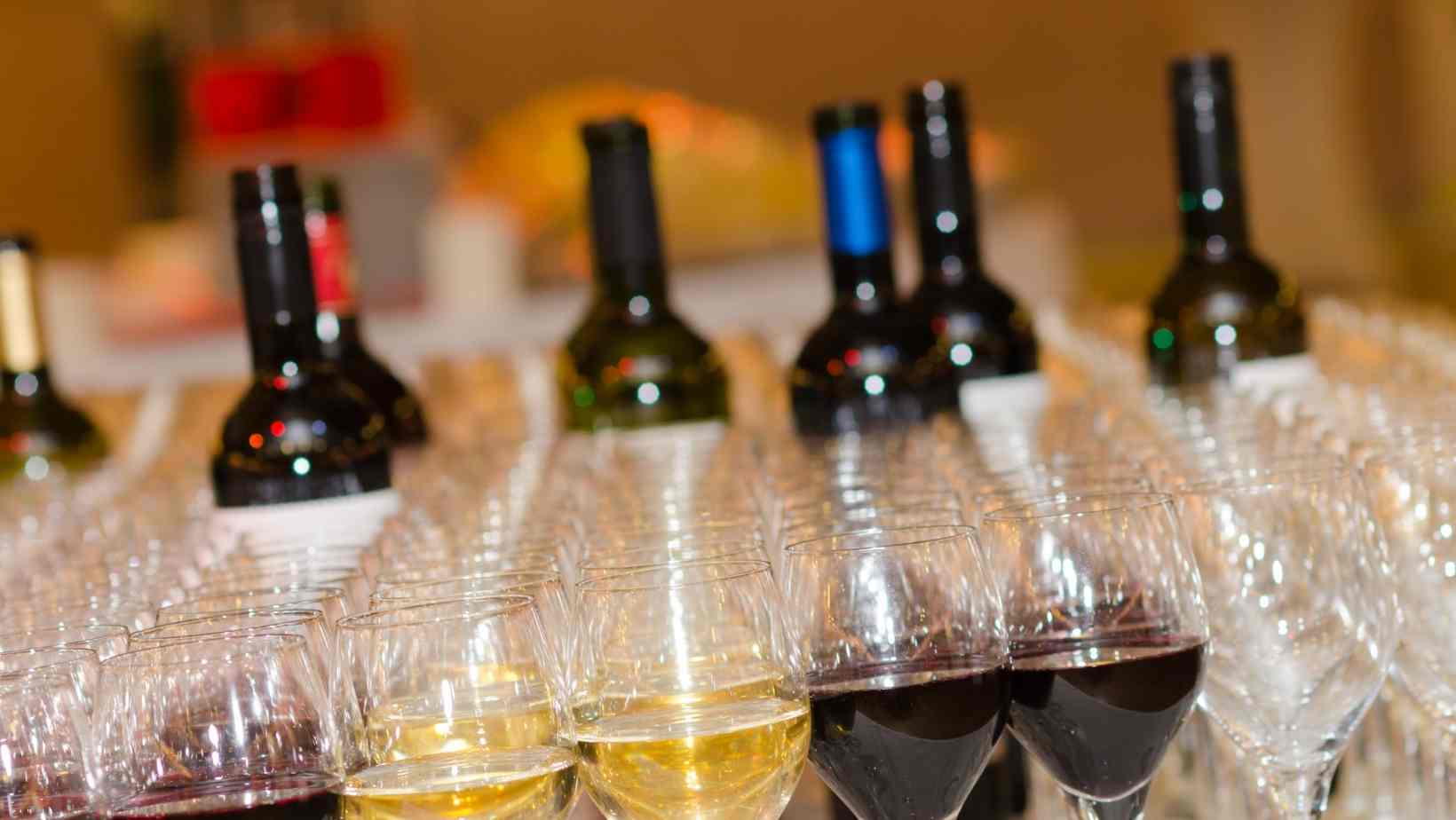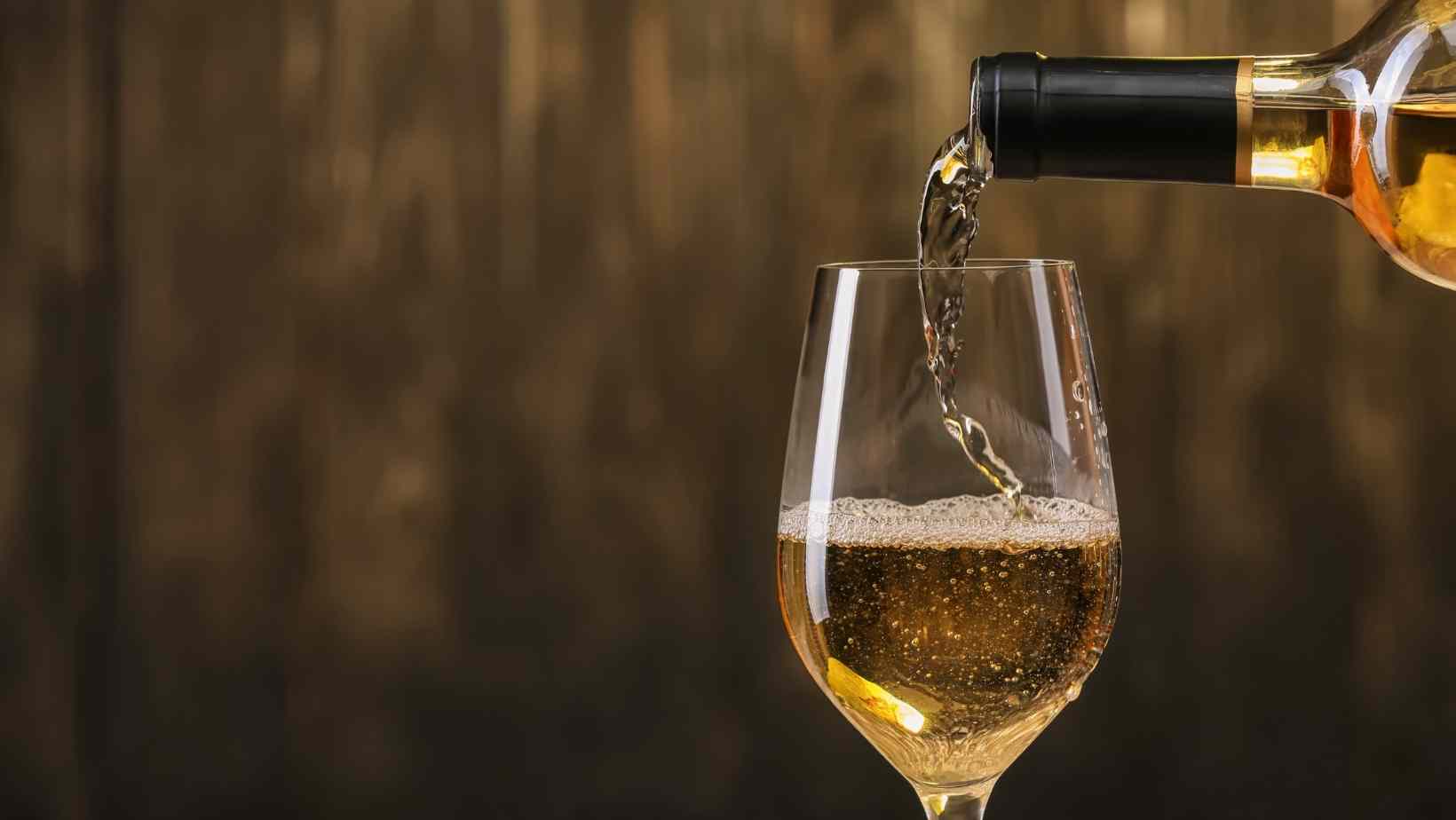Let's be clear: white wine is not in any way less refined than red wine. It may be just as intricate and delectable. When it comes to placing that all-important wine order, it's all about understanding precisely what you're talking about (in a totally non-pretentious way, of course).

Where do you begin, though?
We've put up a handy little white wine guide, right down to the most popular white wine kinds, under the tannin-loving, vigilant eye of Christina Rasmussen, wine writer and co-founder of LITTLE WINE.
What is the Process of Making White Wine?
White wine is often prepared from white grapes (duh!). But, as with everything in wine, it's not as easy as stomping on some white grapes and calling it a day.
To begin with, the grape skins are removed before fermentation to minimize excessive tannin and color levels in the wine.
In red wine production, the grape skins are kept on throughout fermentation to guarantee that the wine retains its colors, flavors, and tannins.
Please hold your horses! What precisely is fermentation?
Simply explained, fermentation is the transformation of grape juice into alcohol. To put it another way, real-life magic.
"It's when yeasts convert sugar to ethanol and CO2 in a more scientific sense." "This may be done by natural yeasts found on the berries, in the vineyards, and in the cellar, or by cultivated yeast purchased from labs," Christina notes.
"Simply described, fermentation is the transformation of grape juice into alcohol. To put it another way, real-life magic."
Yeast is not only necessary for the winemaking process, but it also provides flavor and perfume.
White wine is made by fermenting it for two to four weeks at a low temperature of 12-22 degrees, allowing the delicate flavors, aromas, and goodness to shine through.
After the wine has been fermented, winemakers will typically adjust it by aging it in old oak barrels or fresh oak barrels, which might add vanilla or coconut flavors to the blend.
But what's the difference between old and new oak barrels, exactly?
It means exactly what it says on the tin! Re-used barrels are known as old oak. New oak, on the other hand, refers to barrels that have yet to be utilized in the winemaking process. The less flavor the barrel imparts, the older it is.
The items are then sealed in bottles. Bottles sealed with a cork rather than a standard screw-top are frequently aged in order to encourage more nuanced flavors through interaction with the cork and air.
What Are The Eight Most Common White Wine Varieties?
"For example, there is no "one" Sauvignon Blanc; rather, the taste of wines generated from this type varies depending on climate, soil, agricultural practices, and - most importantly – human involvement or intervention' in the winery,' ' Christina notes.
There. Are. So. Many. Different. Types. But we don't have the whole day! So, here are eight increasingly popular white wine kinds that you may or may not be familiar with.
1. Chardonnay
For a long time, wine consumers eschewed Chardonnay, according to a movement known as ABC (Anything But Chardonnay). Chardonnay, on the other hand, is one of the most complex and adaptable varieties available.

Chardonnay is a medium to full-bodied dry white wine from the Burgundy area of France, with flavors ranging from apple and lemon to papaya and pineapple.
Fish (cod, halibut) and shellfish go well together (prawns, lobster, crabs).
2. Sauvignon Blanc
Sauvignon Blanc is generally the go-to white wine for folks who don't know what to order because of its zesty scents and fragrant, acidic flavors.
The green-skinned grape is native to the Loire Valley, but we regularly see its New Zealand cousin – notably from Marlborough – on menus.
White meats, such as chicken, lightly seasoned vegetarian meals, and shellfish go well with this wine.
3. Moscato
Moscato is a sweet, fruity wine with a touch of fizz that is often served as a dessert wine. It is most known for producing Asti Spumante, a very fragrant and scented sparkling wine with zesty acidity.
Crudités like carrots, celery, and cucumbers go well with it.
4. Pinot Grigio
This light-bodied wine, also known as Pinot Gris, is bursting with fresh, floral aromas. One of the most popular Italian wine styles is Pinot Grigio. Pinot Grigio has a wide range of flavors depending on where it is grown, ranging from dry, saline varieties from Northern Italy to fruit-driven, lemony New World Pinot Grigios.

There's even a sweet-style Pinot Grigio made in Alsace that uses noble rot and late harvest grapes to create its candied, honeyed flavors (we'll save that for another time).
Seafood, pasta dishes, and vegetarian dishes go well together.
5. Riesling
Riesling is a fragrant, intense white wine with a strong aroma. It's a great choice if you want something sweet to balance out any spice, and it can range from super sweet to bone dry.
Look for wines from Alsace, Washington State, or the Clare Valley if you want a dry Riesling. Riesling styles that are sweeter and off-dry can be found in Germany.
Pair with delicate fish and Asian-inspired dishes for the best results.
6. Viognier
Viognier is a full-bodied white wine with delicate peach, tangerine, and honeysuckle aromas. It comes from the Northern Rhöne region of Southern France, and its flavor is often round, rich, and intense, with a mouthfeel that is almost oily.
It goes well with grilled and roasted meats, as well as seafood.
7. Chenin Blanc
Chenin blanc is a versatile grape that can be used to make wines ranging from dry to sparkling. South Africa is one of the most popular regions for Chenin Blanc, where it's frequently blended with Semillon, Viognier, and Marsanne to produce a richer-style wine. Apple-like flavors and honeyed aromas are common descriptions. It also has a nice balance of acidity and sweetness.
Sweet and sour foods go well together. In addition, there are Asian-inspired dishes.
8. Albariño
The zippy notes of lime and grapefruit are complemented by the stoned fruit flavors of nectarine and even honeysuckle in this wonderfully refreshing white. The majority of Albario comes from Spain's Ras Baixas region and Portugal's Vinho Verde region.
Soft cheeses, salads, and flaky fish go well together.




